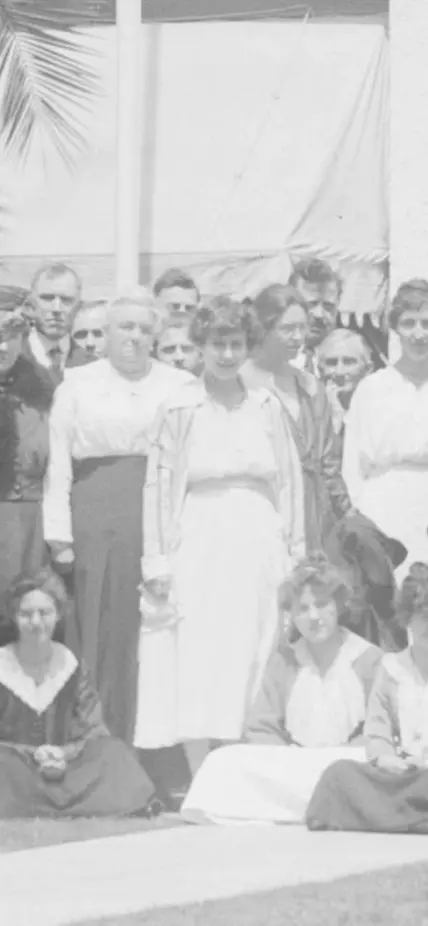Carnegie Women in Science

Celebrating Iconic Women in Carnegie Science History
Carnegie is taking a look back across our 100-plus-year history to celebrate the brilliant minds of a selection of women scientists from our past. These women disrupted norms, set precedents, and contributed to science and culture in the face of professional uphill terrain such as systemic oppression and uncertainty. Their hard work, grit, and tenacity was not always recognized by their peers, but it does not go unnoticed today.
Timeline
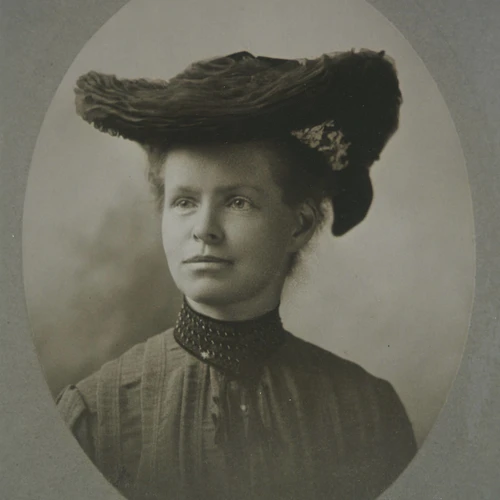
Carnegie-funded Nettie Stevens published a revolutionary paper offering cytological evidence that the X and Y chromosomes are associated with sex determination.

Edith Bellamy Shreve arrived at Carnegie’s Desert Laboratory where she carved out an experimental research program on plant transpiration and discovered that desert plants lose water at night and take it in during the day.

After joining Carnegie in 1915, Margaret Reed Lewis spent her career doing pioneering work in the application of cell culture techniques to studies of development and cancer.

For decades, women astronomers worked as human “computers” performing the calculations necessary to reduce astronomical observations. In 1926, Carnegie computer Louise Ware was cited as one of four authors of the Revised Rowland Table of Solar Lines.

In 1934 Carnegie's Elizabeth Ramsey collected the 14-day Yale embryo, which would help advance developmental biology research for decades.

Gabrielle Donnay was the first woman to receive a Ph.D. in X-Ray crystallography. A year later, in 1950, she joined Carnegie and became the first female Staff Scientist at the Geophysical Laboratory (now part of the Earth and Planets Laboratory).

Carnegie's Anna O. Shepard pioneered the use of petrographic and chemical analysis of pottery. In 1954, her celebrated treatise “Ceramics for the Archaeologist” was published.
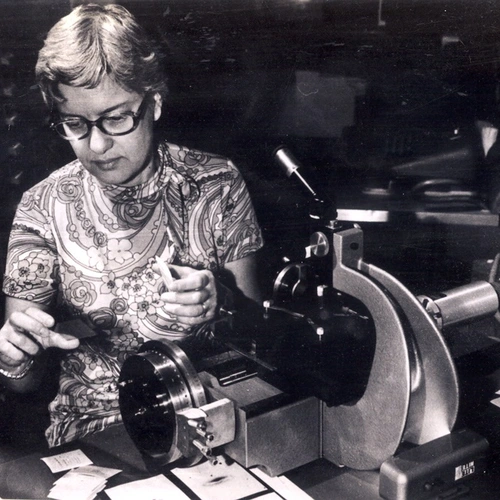
In 1970, Carnegie's Vera Rubin published her first rotation curve of the Andromeda galaxy. Repeating these measurements on a variety of galaxies confirmed the existence of dark matter.
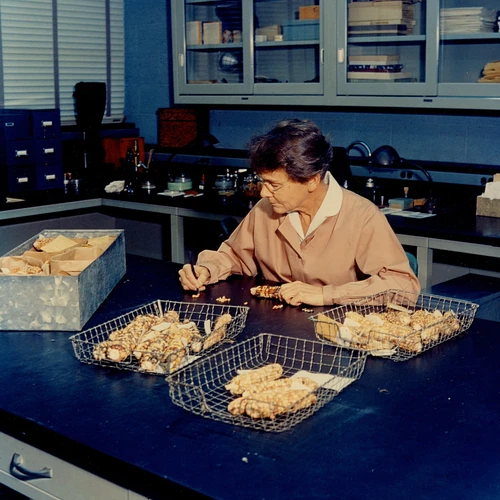
Carnegie's Barbara McClintock received the Nobel Prize in Physiology or Medicine for her discovery of transposons, or “jumping genes.”
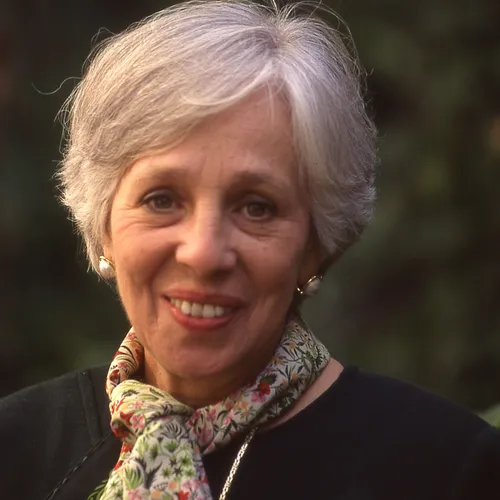
Carnegie's first woman President, Maxine Singer, served between 1988 and 2002. During her tenure, she advocated for the societal responsibility of the scientist and access to STEM education for all.

Former Carnegie Staff Scientist Nina Fedoroff won the National Medal of Science for her pioneering work in plant molecular biology.

Longtime Carnegie scientist Marilyn Fogel was the first woman to receive the Geochemical Society's Alfred E. Treibs Award in Organic Geochemistry.

Former Carnegie Postdoc Sarah Stewart was selected for the 2018 class of MacArthur Fellows for her planetary science research.

The James Webb Space Telescope launched with former Carnegie postdoc Jane Rigby as Project Scientist for Operations

